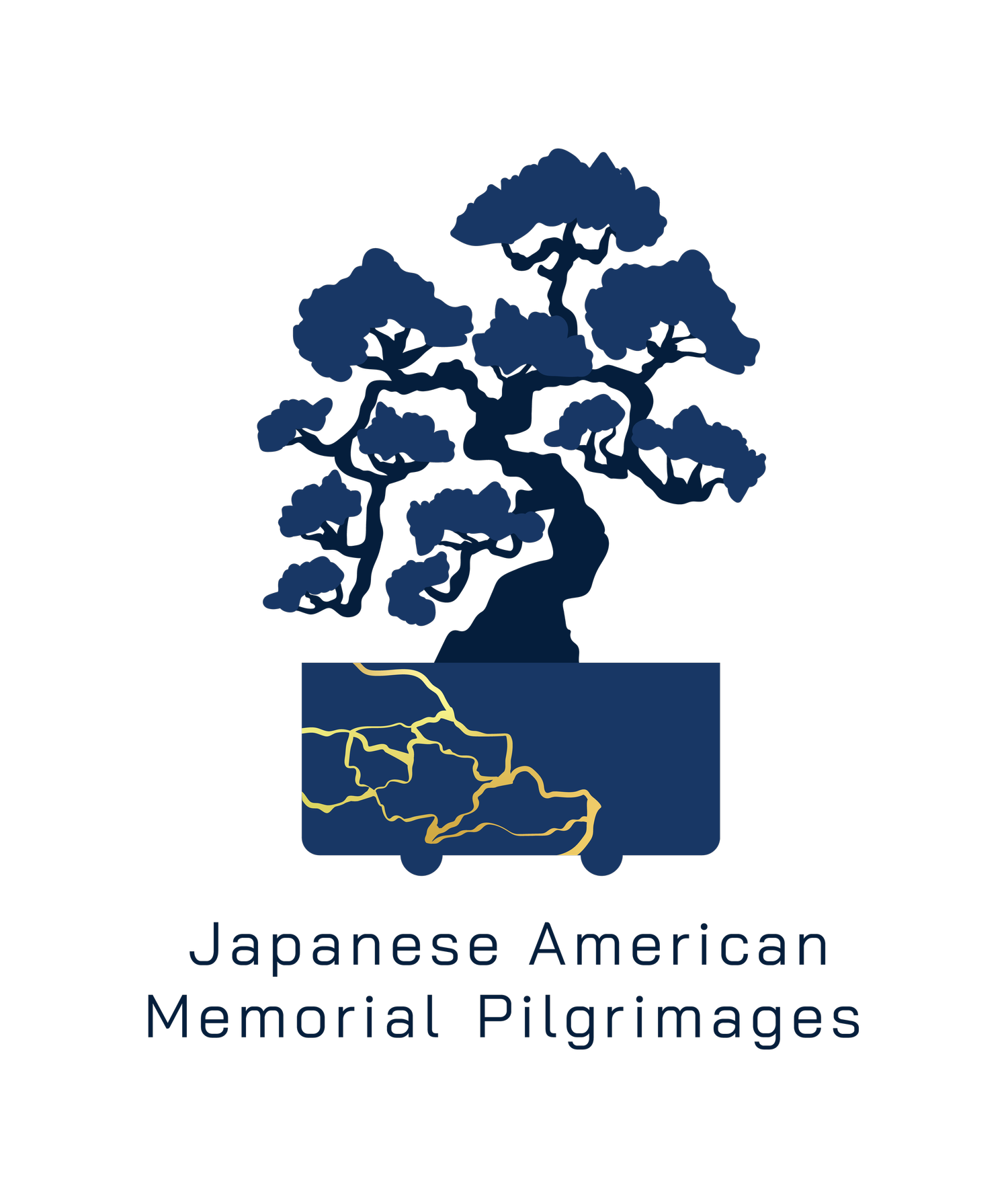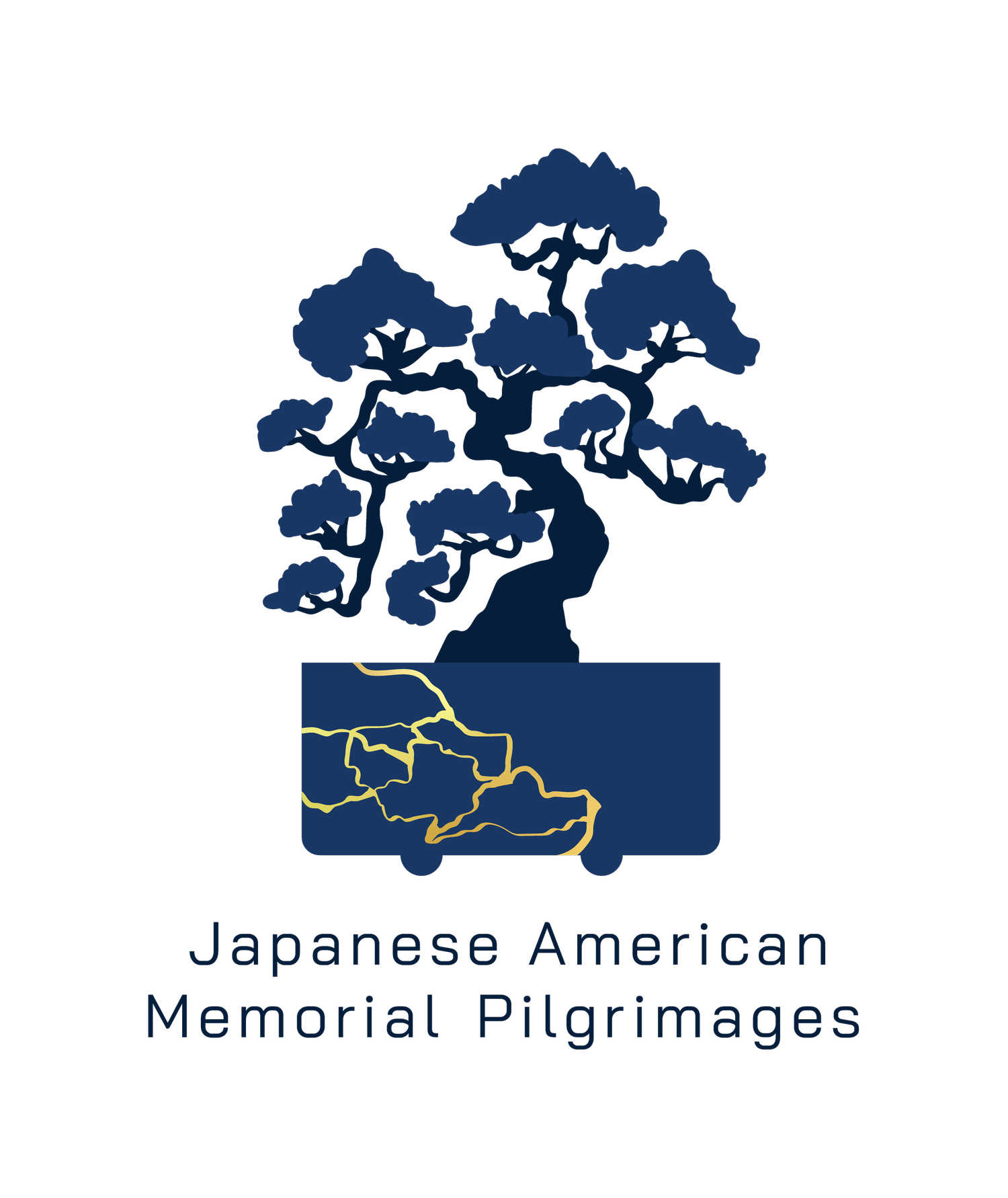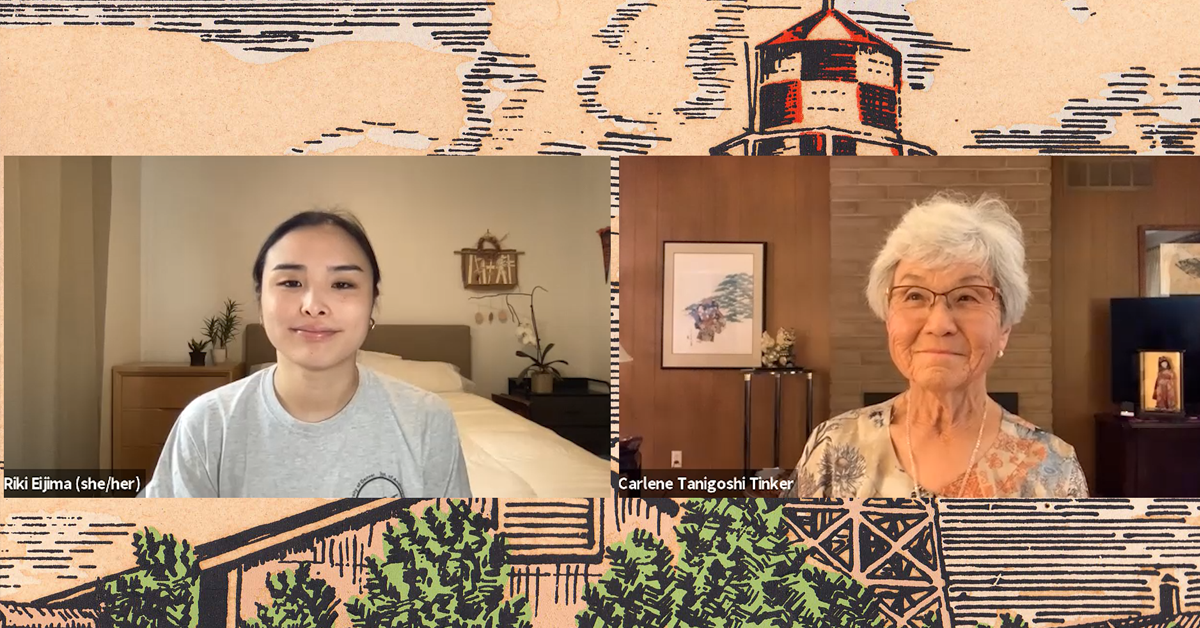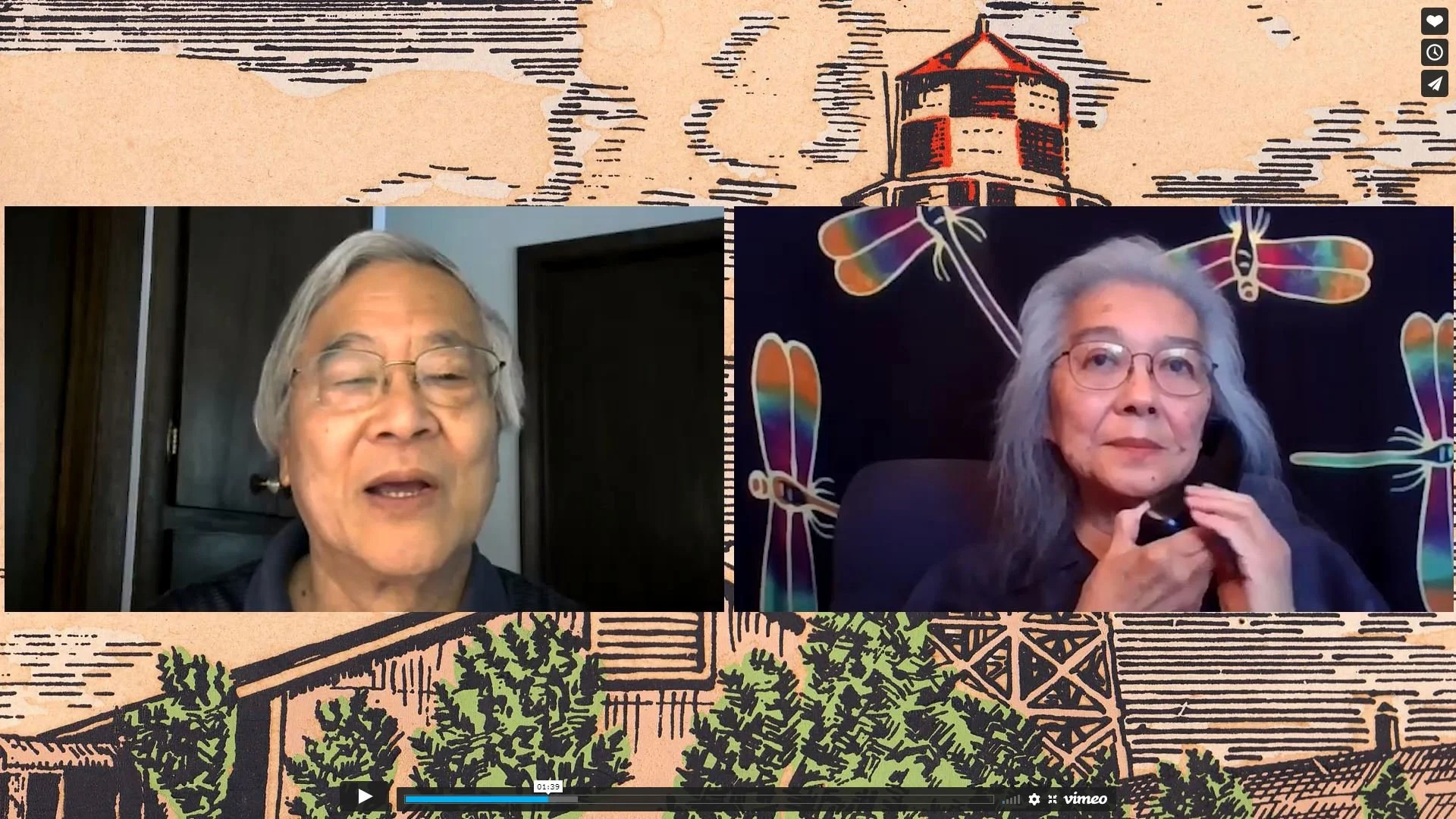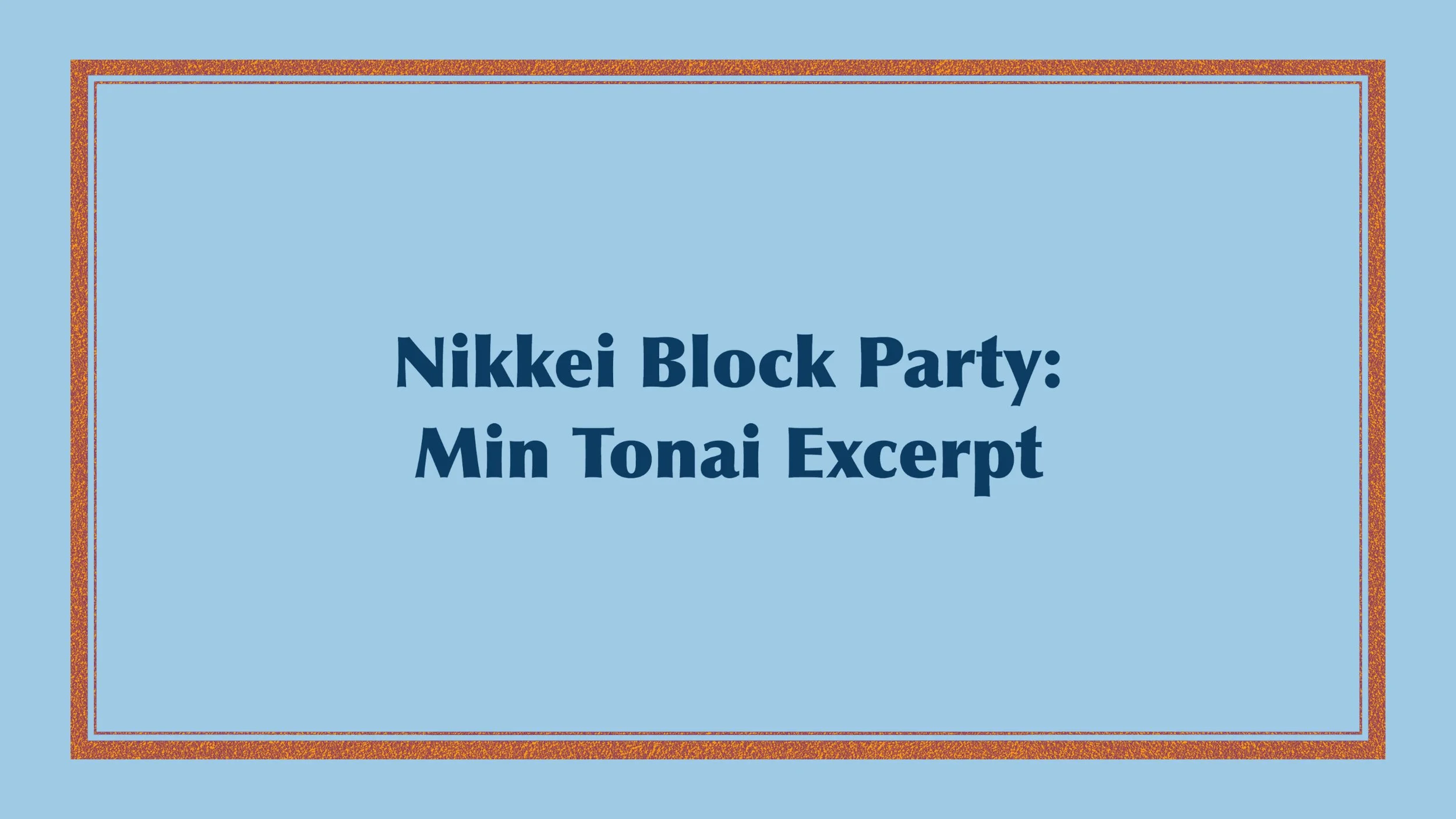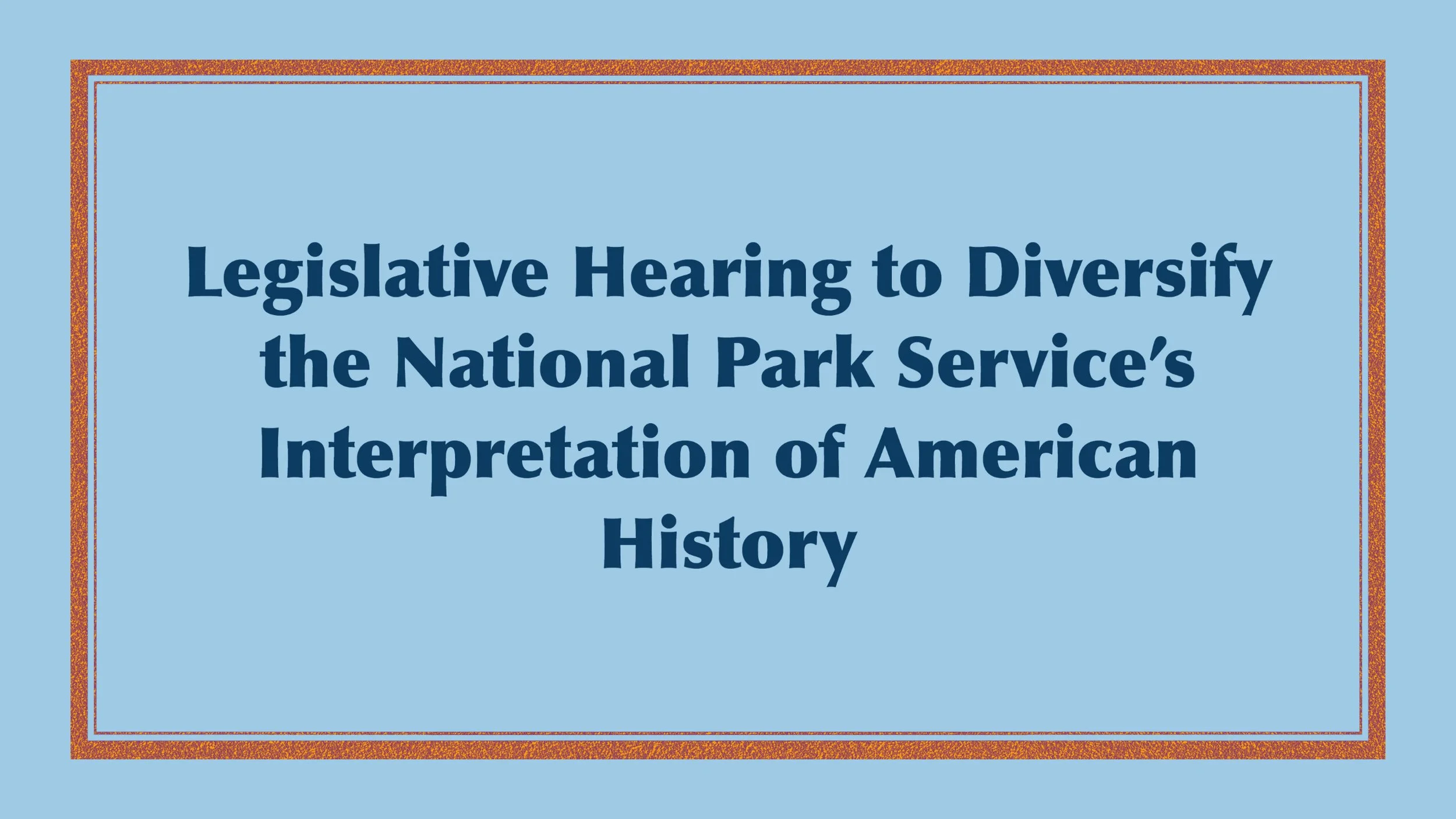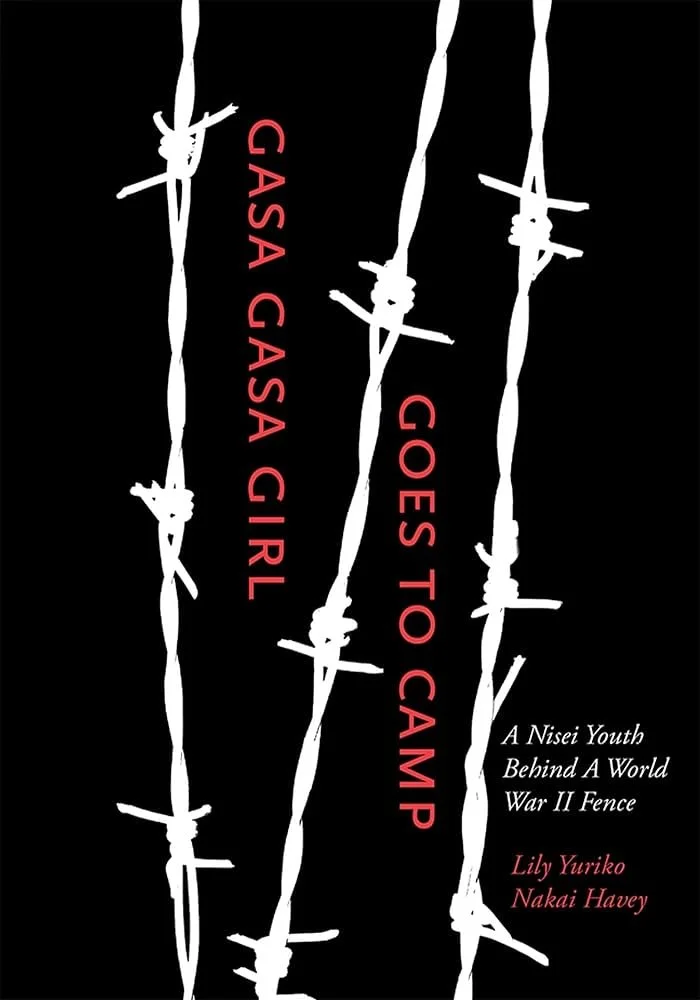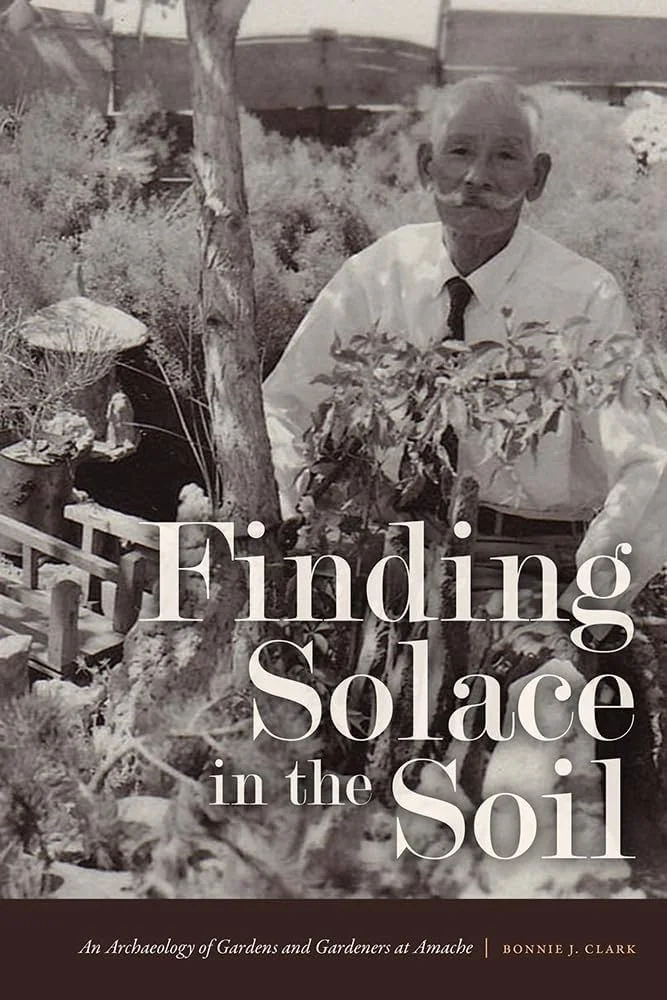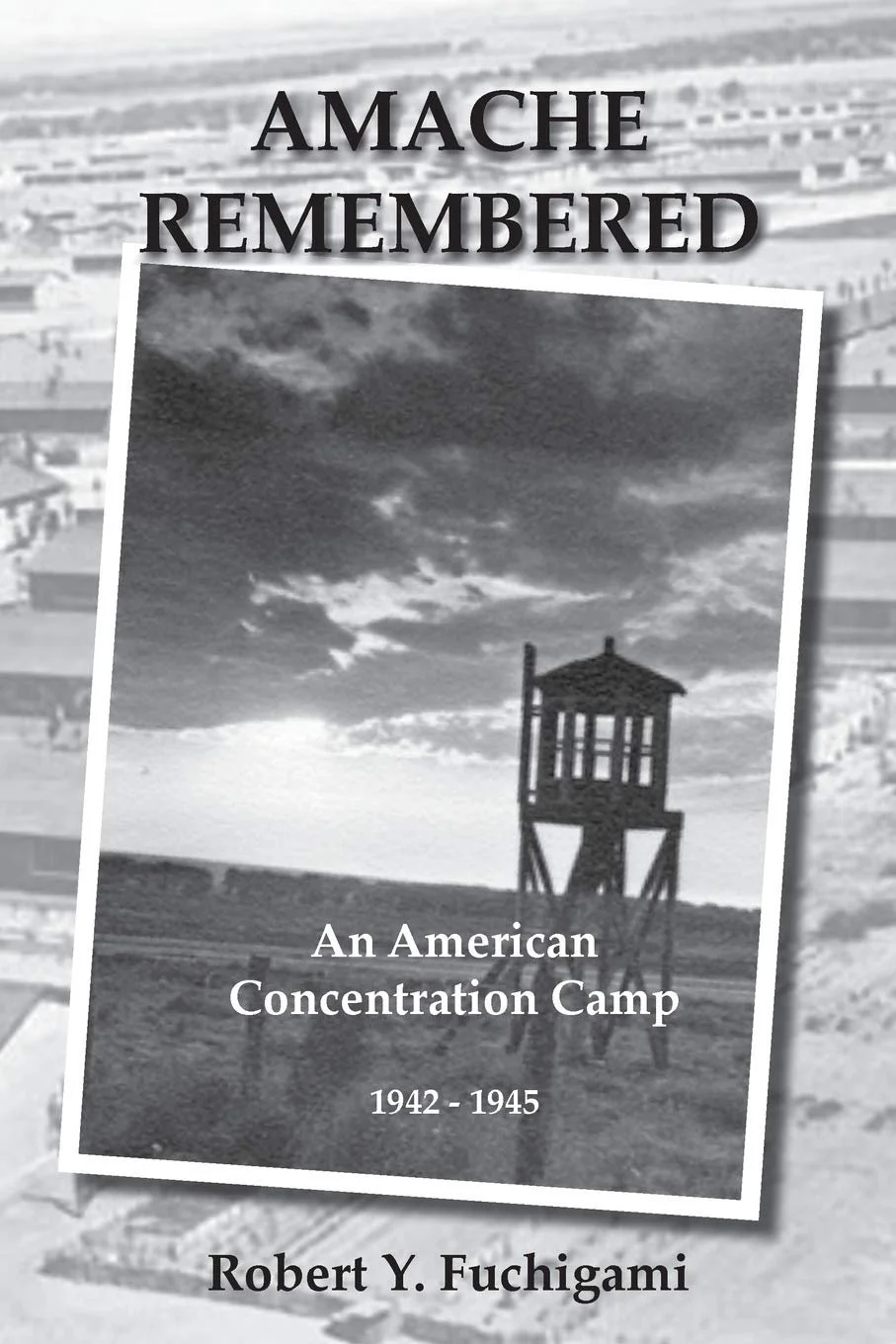
WELCOME
Welcome from Senator Michael Bennet
Welcome from Senator John Hickenlooper
Welcome from Representative Joe Neguse
FRIDAY, JUNE 11, 2021
Origin Story of the Amache Pilgrimage
With Russell Endo and Marge Taniwaki
This short film explains how the Amache Pilgrimage came to be. The long version of the film, Colorado Experience: Amache is available in the “Films” section below.
SATURDAY, JUNE 12, 2021
Opening Ceremony
Welcome to the first virtual Amache Pilgrimage! Join us as we kick off the weekend with our Opening Ceremony. We’ll start at the Amache Cemetery to pay our respects to those we lost during our time at Amache. Our losses include those who died fighting for the U. S. military. We will honor these loved ones with a Buddhist and Methodist tribute. After the service we will join John Hopper on a driving tour of the site. Following the site tour the Amache Preservation Society will treat us to a tour of the new Amache Museum.
What’s Happening at Amache
Learn more about the groups working at Amache and opportunities for you to get involved in the process of making Amache a new National Historic Site. This video includes brief updates from the Amache Preservation, the University of Denver Amache Project, the National Park Service, the National Parks Conservation association, and the Amache Historical Society II. You can also keep up with current news and events on the website at: https://amache.org/current-activity-news/.
Special Topic Discussion Groups
The 2021 Amache Virtual Pilgrimage included small group discussions held with Amache descendants and experts. We do not have a video for this but if you click the “Learn More” button below you will see resources for the topics we discussed: “Amache Artifacts at Home,” the Amache National Historic Site Bill, “Amache Resisters,” and “Recreational Activities.”
SUNDAY, JUNE 13 2021
Stories Behind the Objects
Hear the stories of Amache artifacts in museum collections. Kristen Hayashi will tell us about the collection at the Japanese American National Museum. Bonnie Clark will speak about the archaeological artifacts at the University of Denver. 50 Objects/Stories Project Director Nancy Ukai will tell us about Amache pieces found across the country. Learn more about the role of museums and research in preserving historical artifacts, documents, and images.
Click here to watch the full 15 minute video from Kristen Hayashi.
Plum and Nightingale Carvings by 50 Objects/50 Stories
Power of Place: Finding Your Family Barracks
This video features Amache survivors and descendants Athena Mari Asklipiadis, Kirsten Leong, Tami Suzuki, and Gary T. Ono. During the process of finding their families’ barracks our speakers made surprising discoveries and engaged powerfully with the barracks and other significant site locations. Learn how to use the online directory to find a specific person’s barracks. Navigate Amache by using the historic maps and driving tour. Please share your family photos on the online photo map.
Intergenerational Discussions
These small group discussions were not recorded in order to encourage everyone to speak freely. Participants of all age groups and backgrounds engaged in conversations of self-reflection, healing, and looking to the future. The group discussions were approximately 90 minutes long and were facilitated by volunteers.
Closing Ceremony
Thank you for joining us as we reflected, shared, and connected to Amache’s past. We hope you will continue to engage, listen, inspire and tell your story so the important lessons and experiences of Amache endure. Before we say goodbye join us as we reveal a new addition to the site which pays tribute to those who served in battle while their families were behind barbed wire.
FILMS
Colorado Experience: Amache
Rocky Mountain PBS | 56 mins | 2013
In the wake of the Japanese attacks on Pearl Harbor in 1941 approximately 110,000 Japanese Americans were relocated to concentration camps across the United States as part of Executive Order 9066. Colorado Governor Ralph Carr, worked against popular anti-Japanese sentiment by fighting to bring a camp to Colorado. Carr felt incarcerees would be safe from harm in his state. At its peak Amache held 7,567 internees making it the tenth largest city in Colorado at that time.
The Untold Story of Ralph Carr and the Japanese
Dir. Takuro Arai | 49 min | 2011
This historical documentary tells the little-known story of Ralph Carr, who was the Governor of Colorado from 1939-1943. Governor Carr was a passionate defender of Japanese Americans' rights when people of Japanese ancestry, including many American citizens, were relocated to internment camps in 1942.
Seed: The Life of the Rice King and His Kin
Dir. Masanori Baba | 88 mins | 2016
Dos Palos, a small farming town in central California’s San Joaquin Valley, is home to “Koda Farms,” the oldest family-owned and operated rice farm. The founder of Koda Farms, Keisaburo Koda, born in 1882, was originally from Iwaki City in the Fukushima Prefecture of Japan. Keisaburo Koda was widely known among Japanese Americans as the “Rice King.” His grandchildren, Ross and Robin, carry on his legacy. This documentary highlights the perseverance, persistence, and passion of the Koda Farms family through various hardships since the 1920’s and serves as a tribute to Keisaburo, the original seed of the Koda Farms.
A Thousand Paper Cranes: How Denver’s Japanese Community Emerged from Internment
City and County of Denver | 39 mins | 2020
After the war many families chose to settle in Denver. Some families couldn’t afford to go elsewhere but most families felt welcomed by Governor Ralph Carr, who acknowledged the injustices the Japanese American community faced. In order to preserve the stories of those who lived through those times, the #IAMDENVER team conducted multiple interviews with members of Denver’s Japanese American community. Some of the people interviewed were themselves incarcerated. Others tell how their families suffered and persevered to rebuild their lives in Denver.
EDUCATIONAL VIDEOS
Amache Stories
62 min
63 min
13 min
44 min
Fukunosuke Kusumi: The Art of Looking Back
From 1942 to 1945 artist Fukunosuke Kusumi documented the Santa Anita and Amache Japanese American incarceration camps in over one hundred and thirty watercolor and acrylic paintings. While War Relocation Authority photographs continue to dominate our visual histories of Japanese American incarceration, Kusumi’s collection offers us a much-needed perspective that visualizes an incarceree’s view of the camps. This film was created by Julia Shizuyo Popham and photographed by Jerrod Kazumi Popham. All images are presented with permission from the Kasumi family.
Archaeology
72 min
36 min
35 min
1 hr 42 min
Amache National Historic Site Act
AMACHE BOOK CLUB
Gasa Gasa Girl Goes to Camp: A Nisei Youth Behind a World War II Fence
by Lily Yuriko Nakai Havey
Lily Nakai and her family lived in southern California, where sometimes she and a friend dreamt of climbing the Hollywood sign that lit the night. At age ten, after believing that her family was simply going on a “camping trip,” she found herself living in a tar-papered barrack, nightly gazing out instead at a searchlight. She wondered if anything would ever be normal again.
In this creative memoir, Lily Havey combines storytelling, watercolor, and personal photographs to recount her youth in two Japanese-American internment camps during World War II. In short vignettes snapshots of people, recreated scenes and events a ten-year-old girl develops into a teenager while confined. Vintage photographs reveal the historical, cultural, and familial contexts of that growth and of the Nakais’ dislocation. The paintings and her animated writing together pull us into a turbulent era when America disgracefully incarcerated, without due process, thousands of American citizens because of their race.
These stories of love, loss, and discovery recall a girl balancing precariously between childhood and adolescence. In turn wrenching, funny, touching, and biting but consistently engrossing, they elucidate the daily challenges of life in the camp and the internees’ many adaptations.
Finding Solace in the Soil: An Archaeology of Gardens and Gardeners at Amache
by Bonnie J. Clark
Finding Solace in the Soil tells the largely unknown story of the gardens of Amache, the War Relocation Authority incarceration camp in Colorado. Combining physical evidence with oral histories and archival data and enriched by the personal photographs and memories of former Amache incarcerees, the book describes how gardeners cultivated community in confinement.
Before incarceration, many at Amache had been farmers, gardeners, or nursery workers. Between 1942 and 1945, they applied their horticultural expertise to the difficult high plains landscape of southeastern Colorado. At Amache they worked to form microclimates, reduce blowing sand, grow better food, and achieve stability and preserve community at a time of dehumanizing dispossession. In this book archaeologist Bonnie J. Clark examines botanical data like seeds, garden-related artifacts, and other material evidence found at Amache, as well as oral histories from survivors and archival data including personal letters and government records, to recount how the prisoners of Amache transformed the harsh military setting of the camp into something resembling a town. She discusses the varieties of gardens found at the site, their place within Japanese and Japanese American horticultural traditions, and innovations brought about by the creative use of limited camp resources.
The gardens were regarded by the incarcerees as a gift to themselves and to each other. And they were also, it turns out, a gift to the future as repositories of generational knowledge where a philosophical stance toward nature was made manifest through innovation and horticultural skill. Framing the gardens and gardeners of Amache within the larger context of the incarceration of Japanese Americans and of recent scholarship on displacement and confinement, Finding Solace in the Soil will be of interest to gardeners, historical archaeologists, landscape archaeologists, cultural anthropologists, and scholars of Japanese American history and horticultural history.
To learn more, view the Educational Video “An Archaeology of Gardens and Gardeners at Amache” or her University of Denver book colloquium.
Amache Remembered
by Robert Y. Fuchigami
During World War II, over one hundred thousand American citizens were corralled behind barbed wire with watch towers, search beacons and armed guards, simply because they had Japanese faces and names. These people have earned a place in history; they have earned the right to have their story told. No myth or legend this: Amache's pain and suffering were real and true.
No charges filed. No hearings held. Eight camps were erected in desolate, desert type lands in Arizona, California, Colorado, Idaho, Utah, and Wyoming. Two other camps were located in swamp type lands in Arkansas. The camp in Colorado, holding over 7,500 inmates, was officially named Granada Relocation Center but unofficially called Amache. The Amache story needs remembrance or it can be repeated with other Americans.
This is the story of Amache.
